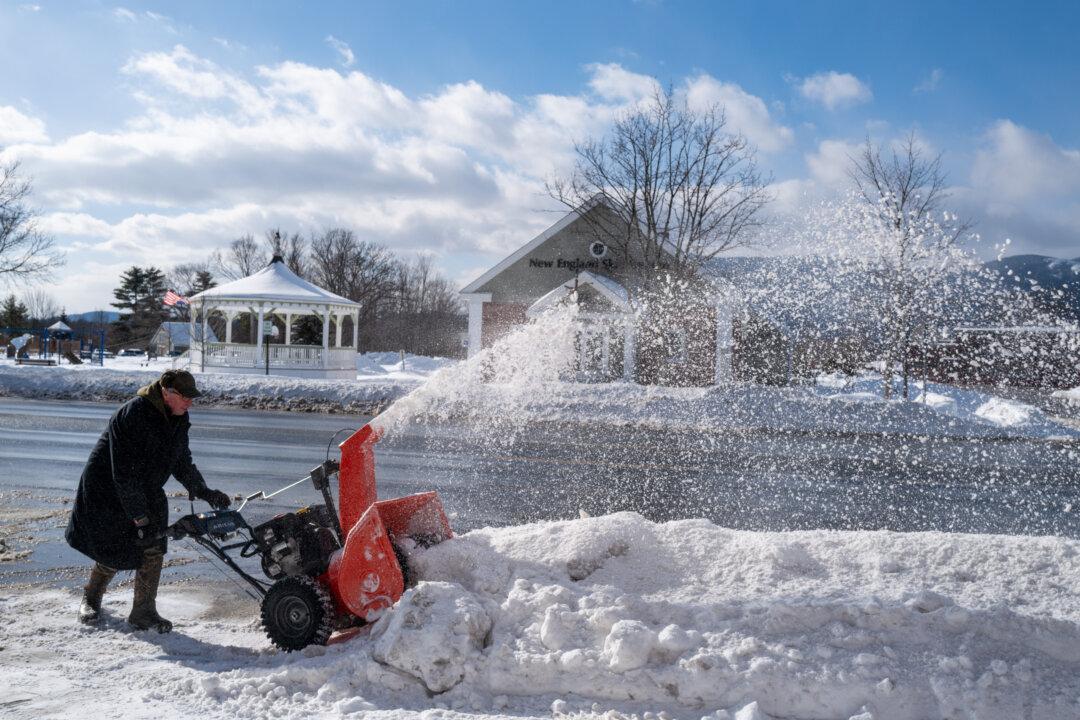Commentary
There was some hope that the output revisions at month’s end would put to rest the recession debate. Instead, they only added more confusion because we still experienced two quarters of declining gross domestic product (GDP) as adjusted for inflation, which indicates recession.





